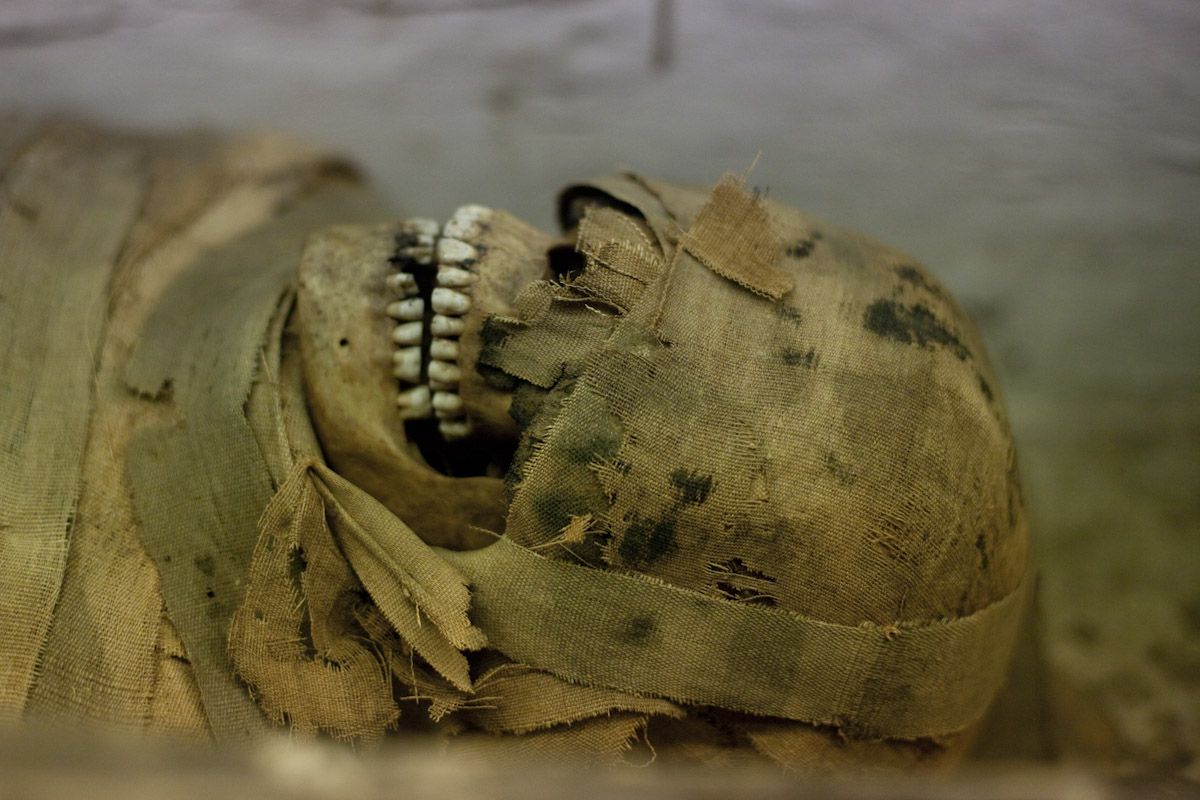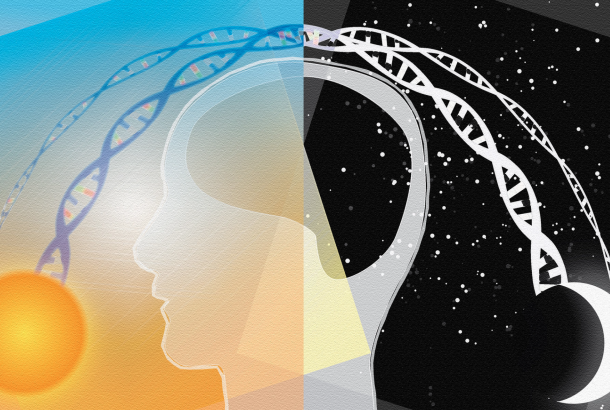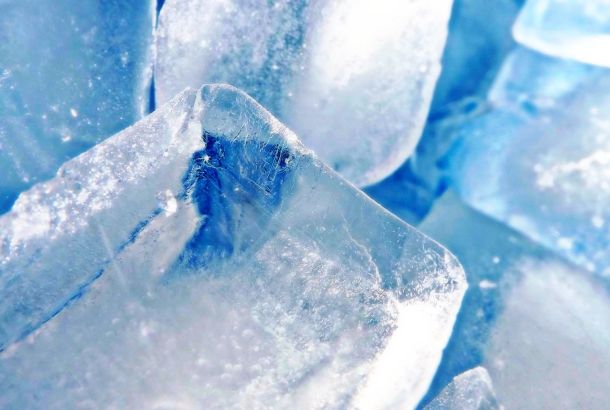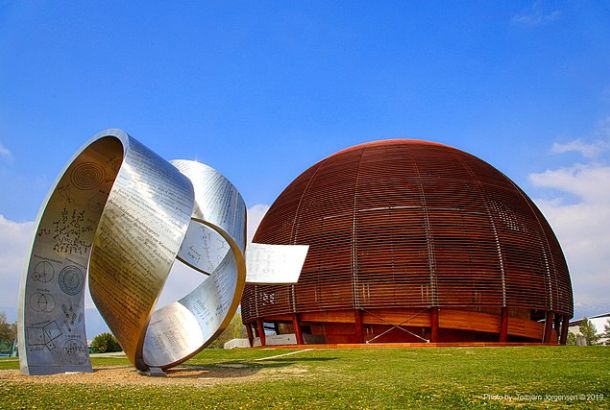Archaeology: Using chemistry to retrace humanity’s footsteps

A quick Google search for ‘archaeology news’ will bring your attention to thousands of groundbreaking archaeological discoveries. Recent developments include the discovery of an ancient chalice, which could uncover new truths about the beginnings of Christianity, and the findings of an 8000-year-old shell mound, which might force us to review the origins of mankind. These discoveries wouldn’t be possible without the wonders of archaeology, a discipline grounded in the partnership of history and chemistry. But how exactly do archaeologists utilise chemistry?
We are what we eat
As with all animals, the formation of human skeletons is based on the components of what we eat. All food we ingest contains carbon, whether sourced directly from plants, or from consuming other animals. It is predominantly through this carbon that archaeologists can discover the age and origins of ancient organic matter.
According to the Royal Society of Chemistry, carbon consists of three naturally occurring isotopes, or variants, 12C, 13C and 14C. While 14C decays over time, 12C and 13C are eternally stable. Therefore the levels of 12C and 13C in our bones are constant, from the day we die until the day our remains are examined. This means that the dietary information stored within our bones remains forever unchanged.
As a result, archaeologists can use mass spectrometry to measure the ratios of 12C and 13C in bone. From this, we can gain insight into the life a person may have lived. For example, remains with a high carbon isotope ratio normally come from a person with a diet of mostly seafood. This is because seafood has a higher carbon content than food produced on land. From this, we know that the remains probably originated from somewhere near the coast.
A map made of plants
Analysis of carbon isotope ratios can also suggest the type of plants consumed. This further hints at the origins of the remains. Most plants in Europe have three carbon atoms in the first product of carbon fixation, meaning they are categorised as C3 plants. However, plants that evolved to survive in hot, dry conditions, such as sugarcane grown in the tropics, are typically C4.
Dead men tell tales
University of Reading professor Gundula Muldner used this plant-analysing technique to discover the origins of the ‘Headless Romans’. The ‘Headless Romans’ are a group of human remains that excavators found decapitated, with their heads buried next to their bodies. Due to their similar and unique burials, researchers assumed that the remains were from a group with similar origins, local to York. Researchers theorised that the remains belonged to executed York citizens or victims of a religious cult.
However, by analysing the carbon isotope ratios in their bones and teeth, Muldner discovered that two of the men consumed large amounts of C4 plants. As C4 plants weren’t grown in Europe at the time, it suggests that these two men were from another continent. Furthermore, isotope ratios indicated that 13 out of the 18 individuals tested were from outside of the UK, one of whom came from as far away as Syria. This forced Muldner and his fellow researchers to question everything they thought they knew about the ‘Headless Romans’.
All of the remains had sustained serious injuries over a long period of time, suggesting they lived violent lives. Researchers concluded that the ‘Headless Romans’ were probably gladiators imported by the Romans from conquered lands to flaunt the success of the Roman Empire. This discovery demonstrates the far-reaching nature of the Empire and the importance of York as a cosmopolitan and diverse city.
Radiocarbon dating is the archaeologists’ clock
Archaeologists also use the technique of radiocarbon dating to find out the age of remains. As stated by National Geographic, 14C decays in a predictable way over time, and emits predictable levels of radioactivity. Researchers measure this radioactivity against the ever-stable 12C to suggest an age. The less radioactivity 14C emits, the older the carbon sample is. Archaeologists have used radiocarbon dating to date remains since the Nobel-Prize winning process was invented in 1946. It has helped us learn about what society looked like hundreds, and even thousands, of years ago.
What can archaeology teach us about society?
The ‘Ivory Bangle Lady’ is a particularly interesting discovery of human remains in England. Researchers found the ‘Ivory Bangle Lady’’s remains in York in 1901, surrounded by jet and elephant ivory bracelets, jewels and pendants. The extravagant nature of her burial suggests the woman was wealthy and of high class. Archaeologists analysed the shape of her skull and the chemical makeup of her bones and teeth. This led them to realise that the woman was of recent north African descent. Her remains date back to the 4th century AD, and are some of the earliest remains of African-descent found within the UK.
Archaeologists used these findings to dispel the belief that African people only arrived in the UK in the 16th century, when African trade routes opened up, and slavery began to dominate. The findings also help to dismiss the misconception that all African people arrived in the UK poor or enslaved.
The forefront of interdisciplinary research
From analysing isotopes to radiocarbon dating, chemistry has played a vital role in retracing humanity’s footsteps. To paraphrase the description of archaeological science from Cambridge University, archaeology is blurring the lines between humanities and science, putting it at the “forefront of interdisciplinary research”. One thing is certain: archaeology has not finished uncovering Earth’s hidden secrets and mysterious truths.







